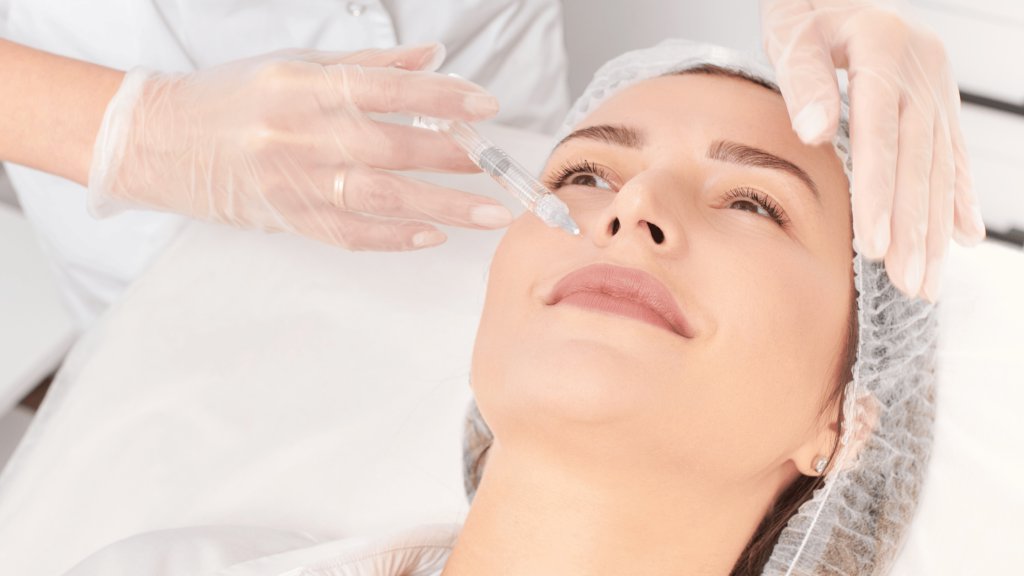
The world of aesthetic treatments has seen a significant surge in the past few decades, and among the leading procedures are dermal fillers. These injections promise to restore youth, smooth out wrinkles, and enhance facial contours. However, like any medical procedure, dermal fillers come with potential complications. This blog aims to shed light on the possible side effects and complications of dermal fillers and how to manage them.
What Are Dermal Fillers?
Dermal fillers are gel-like substances that are injected beneath the skin to restore lost volume, smooth lines, and enhance facial contours. Some of the most commonly used fillers are based on hyaluronic acid (a substance naturally found in the body), while others may be made from calcium hydroxylapatite, poly-L-lactic acid, or other materials.
Common Side Effects
It’s essential to distinguish between routine side effects and more severe complications. Common side effects that are expected after filler injections include:
- Redness and Swelling: This is a typical reaction post-injection and usually subsides within a few days.
- Bruising: As with any injection, there’s a chance of hitting a blood vessel, which can lead to bruising. This is often temporary and fades in a week or two.
- Tenderness or Pain at the Injection Site: This discomfort usually subsides within a few days.
Rare but Serious Complications
Though less frequent, certain complications can arise after receiving dermal fillers:
- Infection: As with any procedure that breaks the skin’s barrier, there’s a risk of infection. Practitioners must ensure a sterile environment and practice to reduce this risk.
- Granulomas: These are lumps that form in reaction to the filler. They might appear weeks, months, or even years after the treatment. Treatment can range from medications to surgical removal.
- Migration of Filler: Sometimes, the filler might move from the original injection site, leading to aesthetic concerns.
- Allergic Reactions: Some people may experience allergic reactions to the components in the filler. Symptoms could range from itching and redness to more severe reactions.
- Vascular Compromise: One of the most severe complications is unintentional injection into a blood vessel. This can lead to tissue death or even blindness if the filler blocks the blood supply to vital areas. Immediate medical attention and treatment are crucial in these cases.
Prevention and Management
- Choosing the Right Practitioner: Ensure that you go to a trained and experienced medical professional for your filler treatments. They should have a deep understanding of facial anatomy and the different types of fillers available.
- Post-Treatment Care: Following the post-treatment guidelines provided by your practitioner can help reduce the risk of complications. This might include avoiding strenuous exercise, sun exposure, and refraining from touching the treated area.
- Recognizing Early Signs: If you notice unusual pain, discoloration, or any signs of complications mentioned above, seek medical advice immediately.
Conclusion
Dermal fillers, when administered correctly, can offer beautiful and natural-looking results. However, it’s vital to be informed about potential complications and ensure you’re in the hands of a skilled professional. Remember, aesthetics is as much an art as it is a science, and your safety should always be the priority.